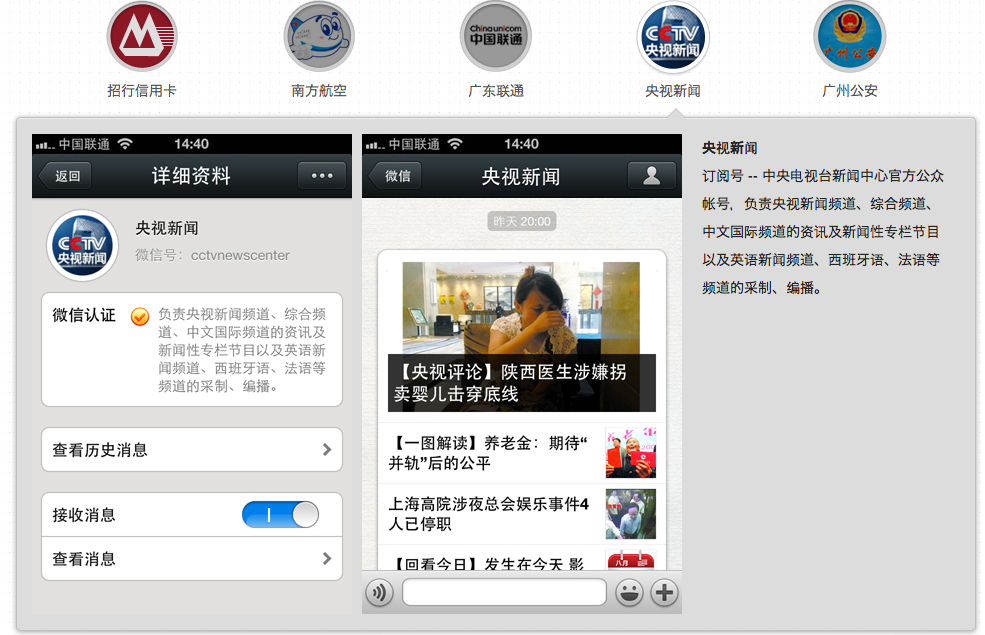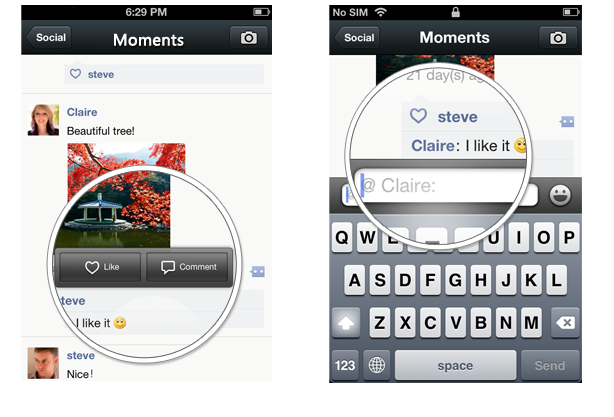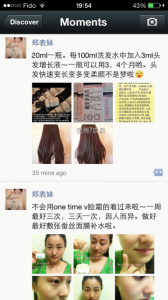
The Molson launched bear campaign called “I am Canadian” in Europe this summer. A fridge full of free beer sit on the street corner, locked. What will unlock the fridge? It will only open if a Canadian passport was inserted. The idea of swiping my passport through a vending machine is fascinating and wondrous for me, regardless what reward i will get out of it.
Molson emphasized on framing their brand image as patriotic, and apparently they have done a great job raising their brand awareness and proud patriotism. Why did Molson chose Europe as their first destination? I think, first of all, European countries are one of the top priorities for tourist destination. Also, many Canadian immigrants are from European countries, and a lot of them travel back to Europe to visit families and friends. Therefore, millions of Candians travel to Europe every summer. Nevertheless, the top four countries with the most beer consumptions are all in Europe: Germany, Czech Republic, Austria, and Ireland. And the fifth one is Canada. As a result, Europe should defiantly be the first destination for this marketing campaign.
I love this campaign, and especially the ending of the youtube marketing campaign clip as one Canadian traveller with Canadian flag on his bag pack holds a bottle of Molson’s Canadian beer in hand, longing for his home country. Everyone will be homesick at some point when away from home, and Molson brings the reason why you need to be proud of being Canadian. “Here is being proud of where you from”
It is definitely one of my favourite ad campaigns!
PS. The clip is a little staged tho. Not every Canadian traveling has a bag with Canadian flag on.








Recent Comments